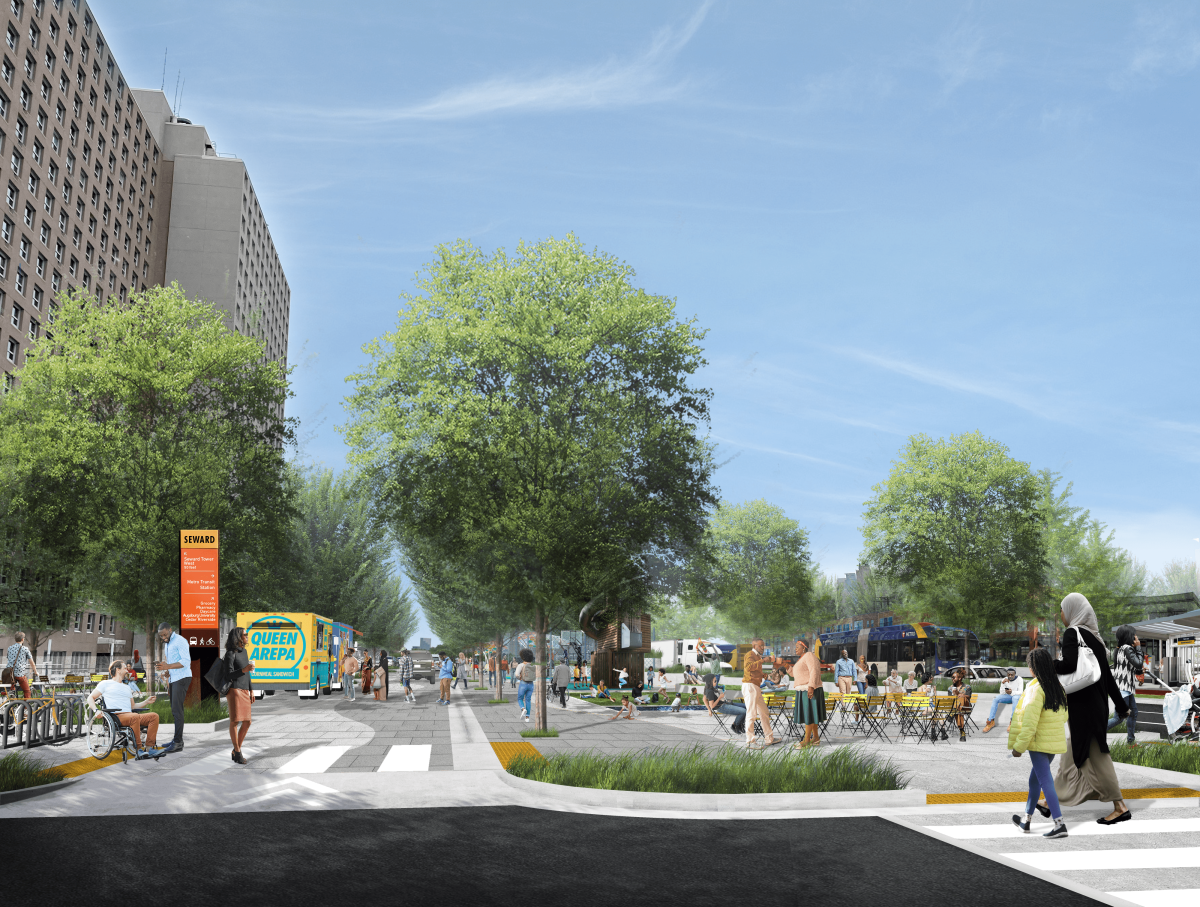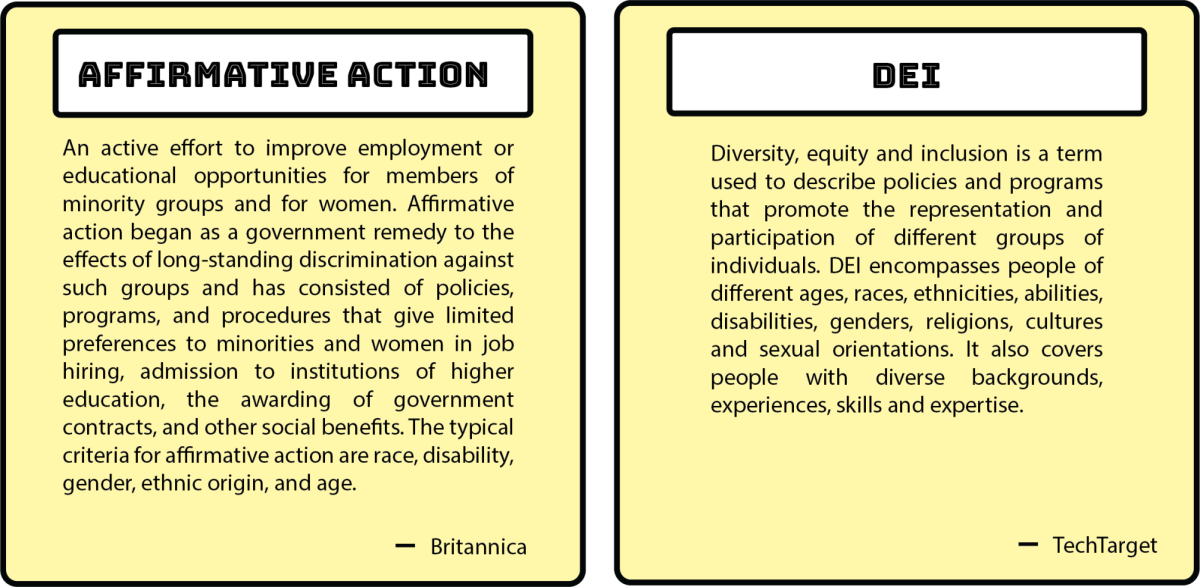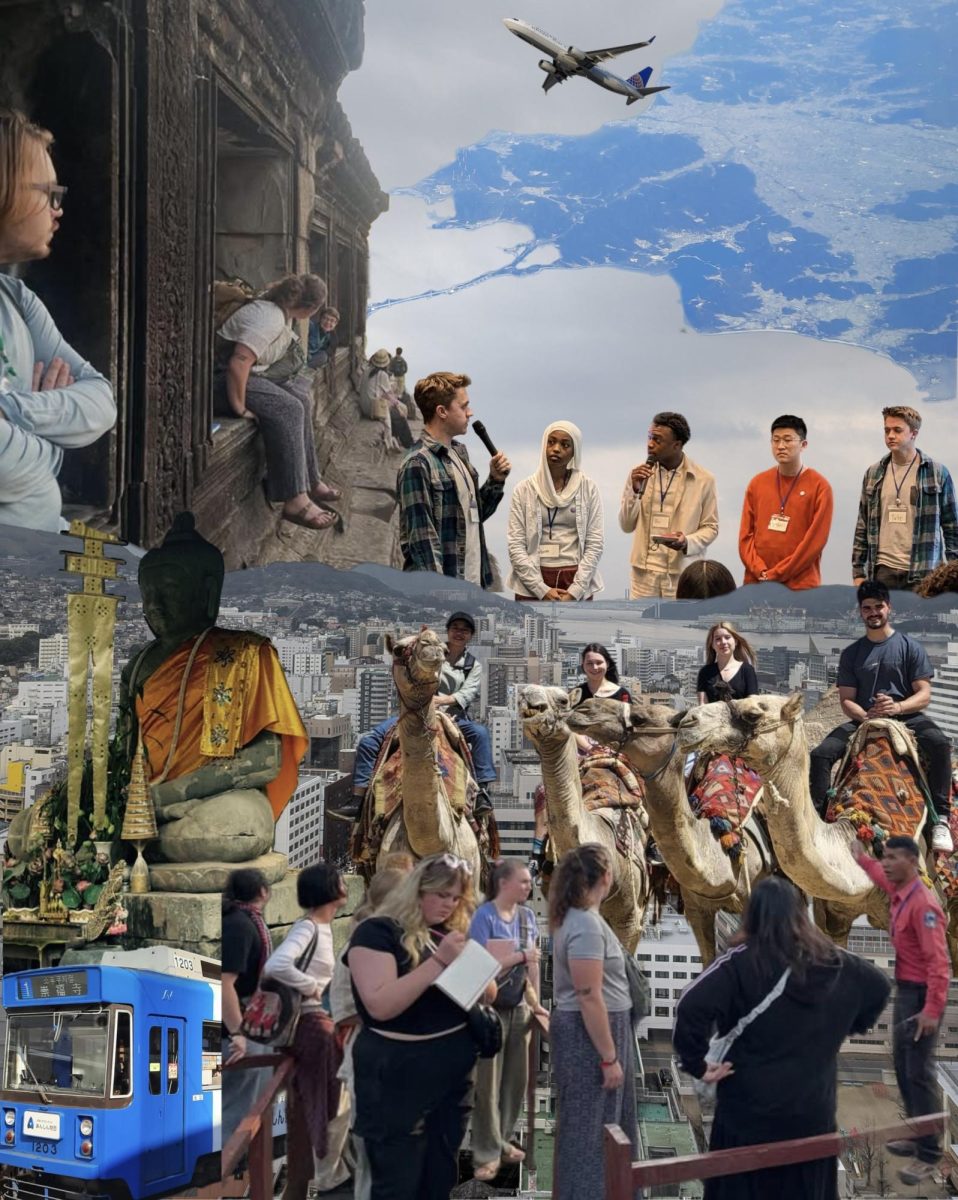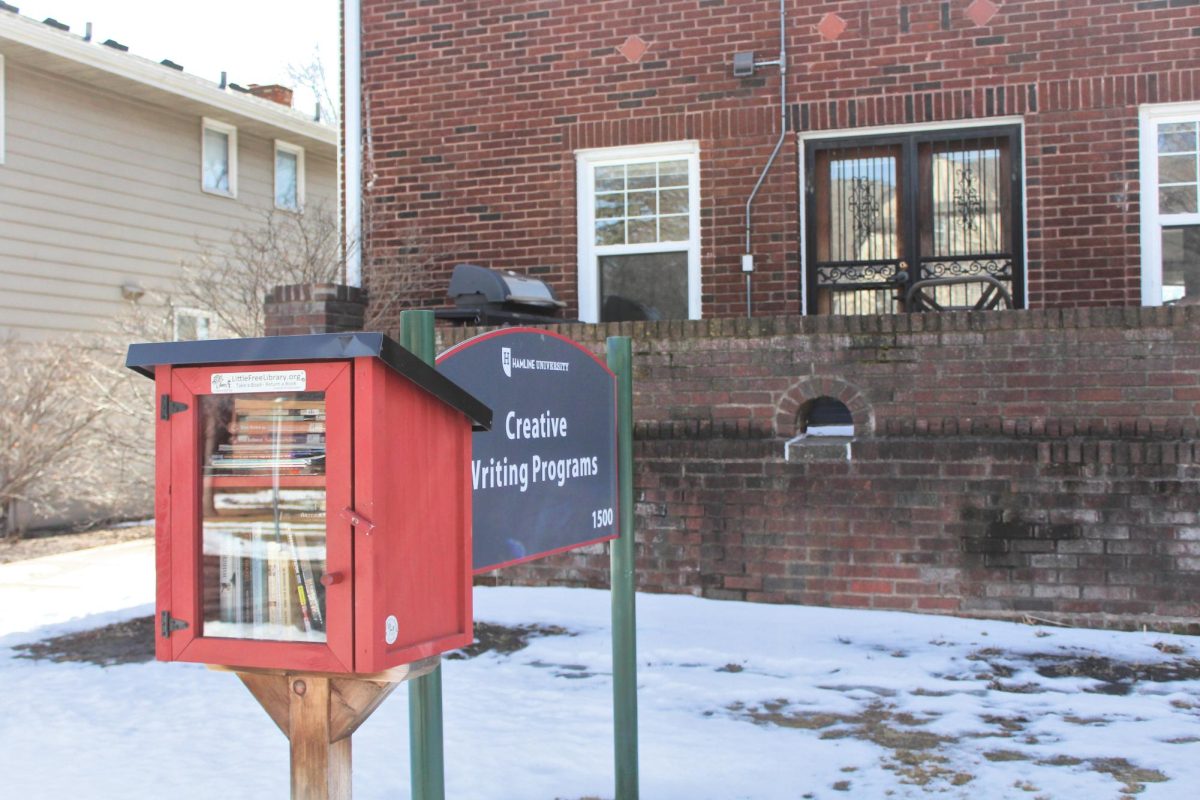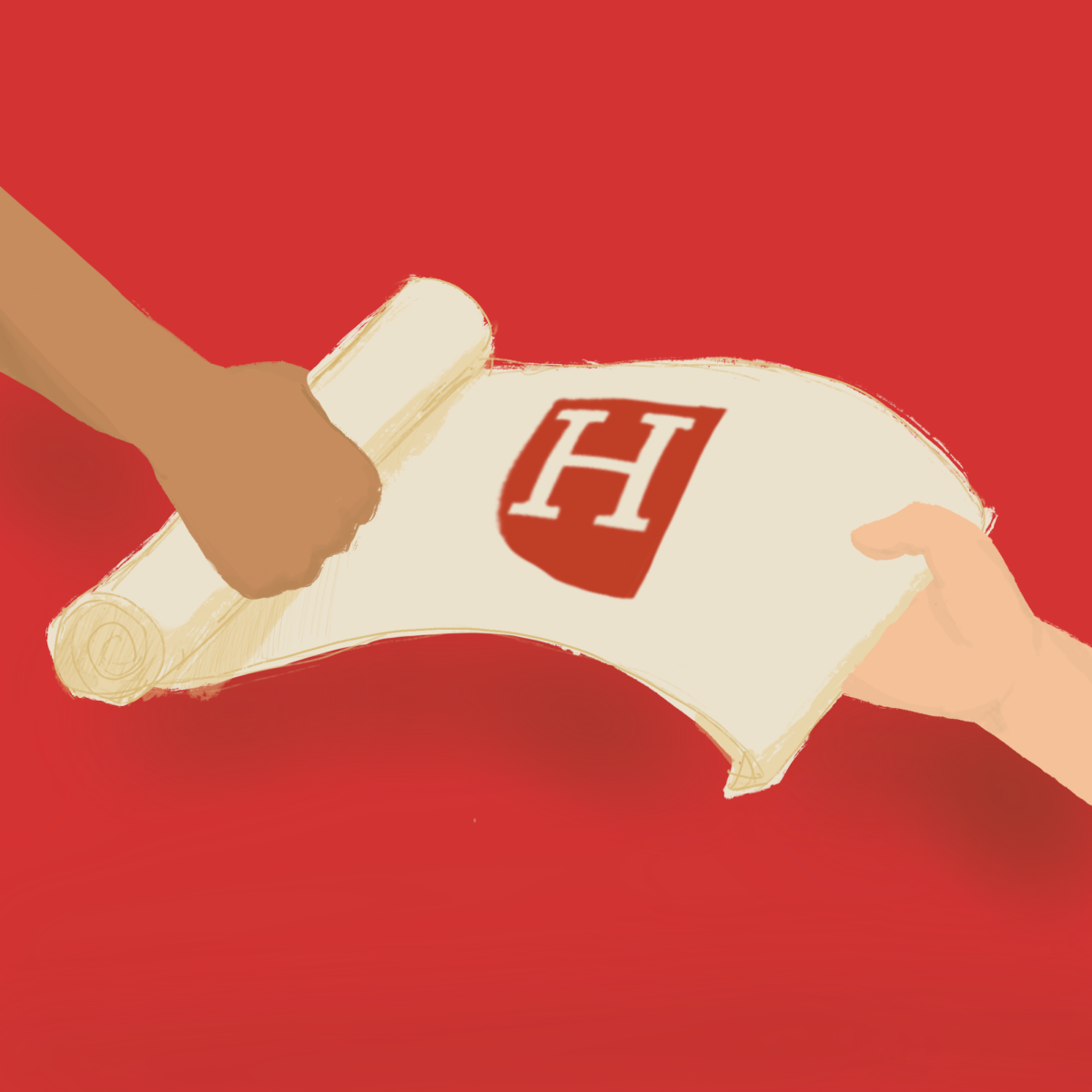Our Streets, a grassroots organization based out of Minneapolis, is working to reimagine what I-94 could look like to better serve the community on a local and global scale. Our Streets’ original goal was to make cities more accessible for bikes, although the organization continues to branch into other areas of city infrastructure, both physically and legislatively.
For decades, Interstate 94 has served as one of the few ways to travel directly between Minneapolis and St. Paul. Built in the 1950s, the interstate stood as a beacon of industrialization. But the construction of I-94 forcibly removed homeowners and families — most notably those in the Rondo neighborhood — and began an era of political redlining and environmental detriment.
“For a long time, the main focus of the organization was improving bike infrastructure in the city of Minneapolis, which has now become one of the friendlier bike cities in the country. And also during that time period, we founded the event series called Open Streets, which are these large street closures that lead to festivals in neighborhoods,” Executive Director of Our Streets, José Antonio Zayas Cabán, said.
Open Streets serves to allow the community to come together in ways that are fun and informative in a safe and casual environment. More than that, Our Streets acts as a database for neighborhoods across the Twin Cities, improving accessibility to these historical stories that shape the places in which we live.
“We do public history research, we create mobile history museums, we do digital story maps, we’ve gotten much, much better at telling the stories of neighborhoods that existed that are now lost to highways. to acknowledge the fact that when we’re advocating for [additions of] streets and roads, that can lead to displacement and gentrification,” Zayas Cabán, said.
Our Streets may be a leader for this effort, but the original idea was born out of the Minnesota Department of Transportation (MNDOT) back in 2016.
“Rethinking I-94 is a long-term effort to engage with those who live, work and play along the corridor between Minneapolis and St. Paul. We’re doing this to understand the needs and hopes of people, so our work also builds and sustains healthy, equitable communities,” the MNDOT website reads.
It is this notion of community that drives the work that Our Streets aims to do. Advocacy Coordinator at Our Streets and Hamline University alumni Yasmin Hirsi echoed this sentiment, connecting it to her own journey as an advocate.
“Our theory of change is rooted in the community being the experts on what they would like to see. And that has been really, really important to me in my advocacy and being able to be a part of this organization,” Hirsi said.
As with any infrastructure proposal — and especially with one of this size — factors such as cost and additional drive time are considerations that could be the nail in the coffin for this cause. Hirsi mentioned the potential benefits that would outweigh the potential costs, outlining a few things community members could expect should I-94 be changed.
“It would be life changing, it would bring tax, it would increase the tax base, it would address health impacts, it would bring jobs, it would bring housing back into these communities along the whole corridor. We would have an opportunity for green space, we would have a chance to see businesses being built again,” Hirsi said.
To Hirsi, one of the most prevalent issues facing leaders of the project is a lack of hope and imagination from community leaders, which bars the proposal from moving forward.
“These institutions that are rooted in white supremacism and very problematic behaviors, dim people’s imaginations, and the fact that it wasn’t presented as a possible solution, I think speaks to what the priorities are of these entities versus what the priorities of communities are,” Hirsi said.
As the proposal to rethink I-94 moves through the Minnesota legislature, constituents can expect to see the finalization of the scoping decision document by the summer of 2024.
“The Scoping Decision Document (SDD) delineates the issues and analyzes to be contained in the environmental impact statement (EIS). A Draft Scoping Decision Document (DSDD) is issued in tandem with the Scoping Document (SD) for a 30-day comment period. The final SDD is issued after the conclusion of the comment period.” the MNDOT website reads. Once the SDD is finalized, the formal comment period begins. MNDOT predicts this period will begin during the summer of 2024, and conclude at an undetermined date in 2027.
To learn more about Our Streets and to stay updated about the Twin Cities Boulevard (I-94) project, visit ourstreetsmpls.org.
Rethinking I-94 with the help of Our Streets
A non-profit in Minneapolis shared its proposed plans for updating I-94
Alex Bailey, Junior News Editor
March 5, 2024
Courtesy of Yasmin Hirsi, Our Streets –
A digital rendering of the Twin Cities Boulevard shows additional green space, new bike lanes and methods of public transportation.
Story continues below advertisement
0
More to Discover

